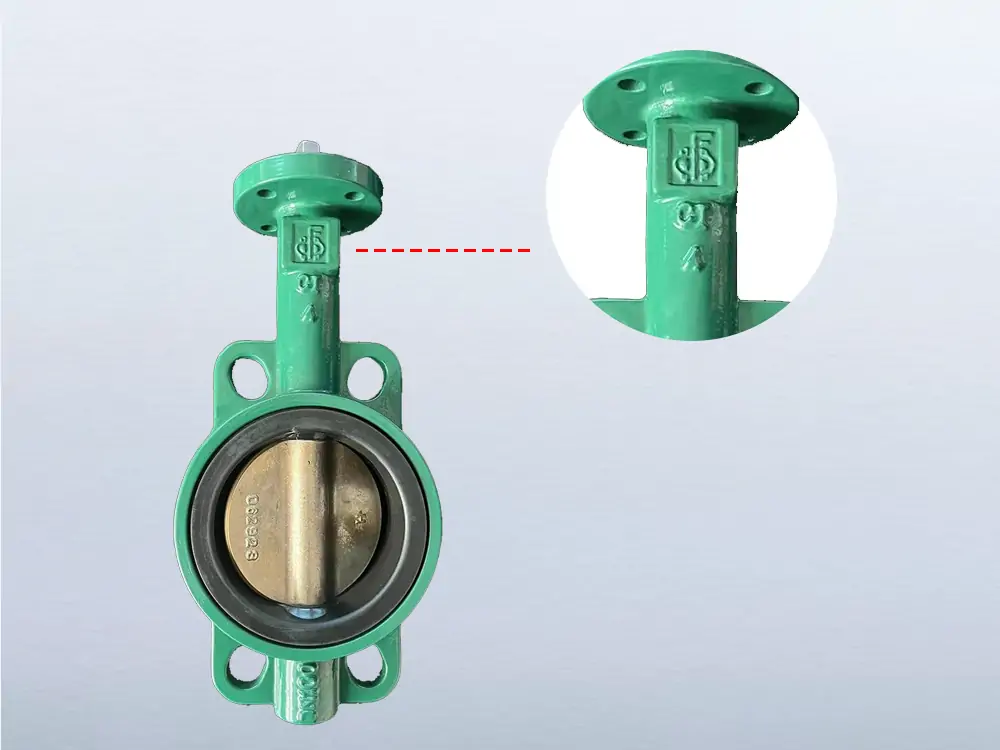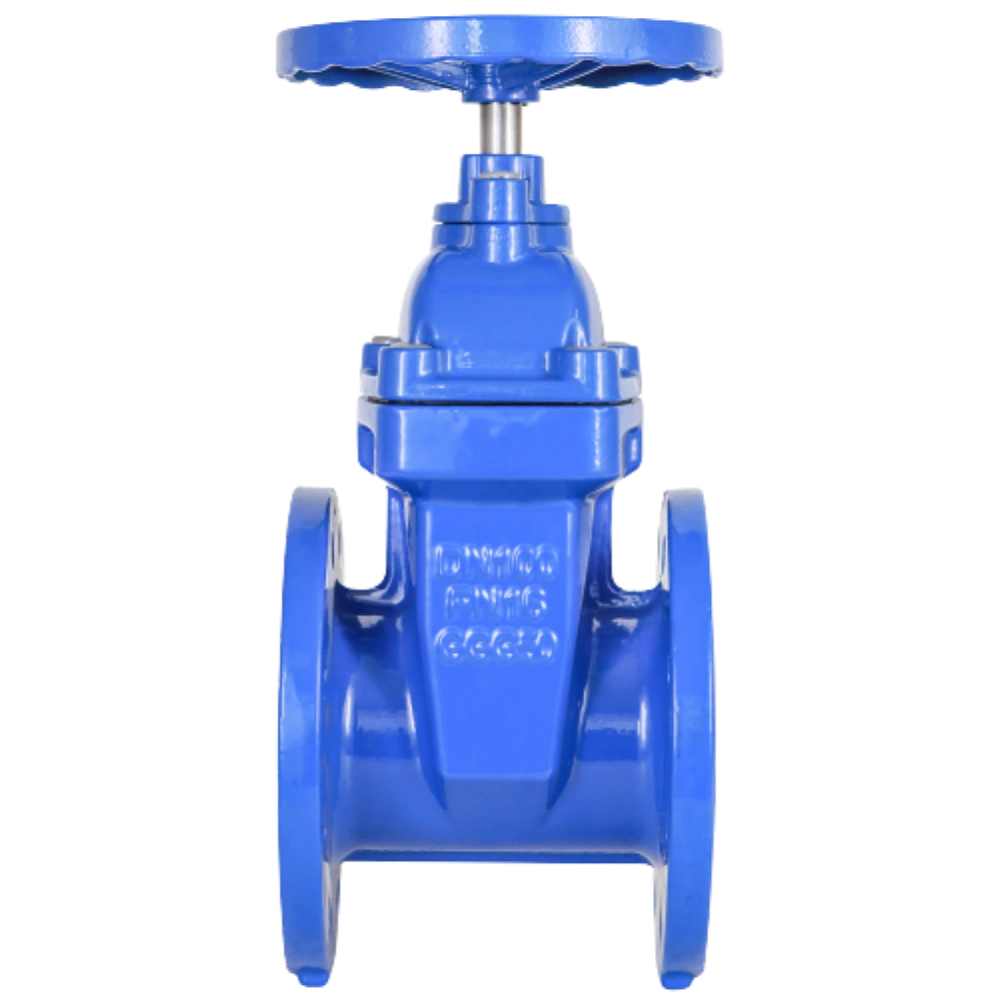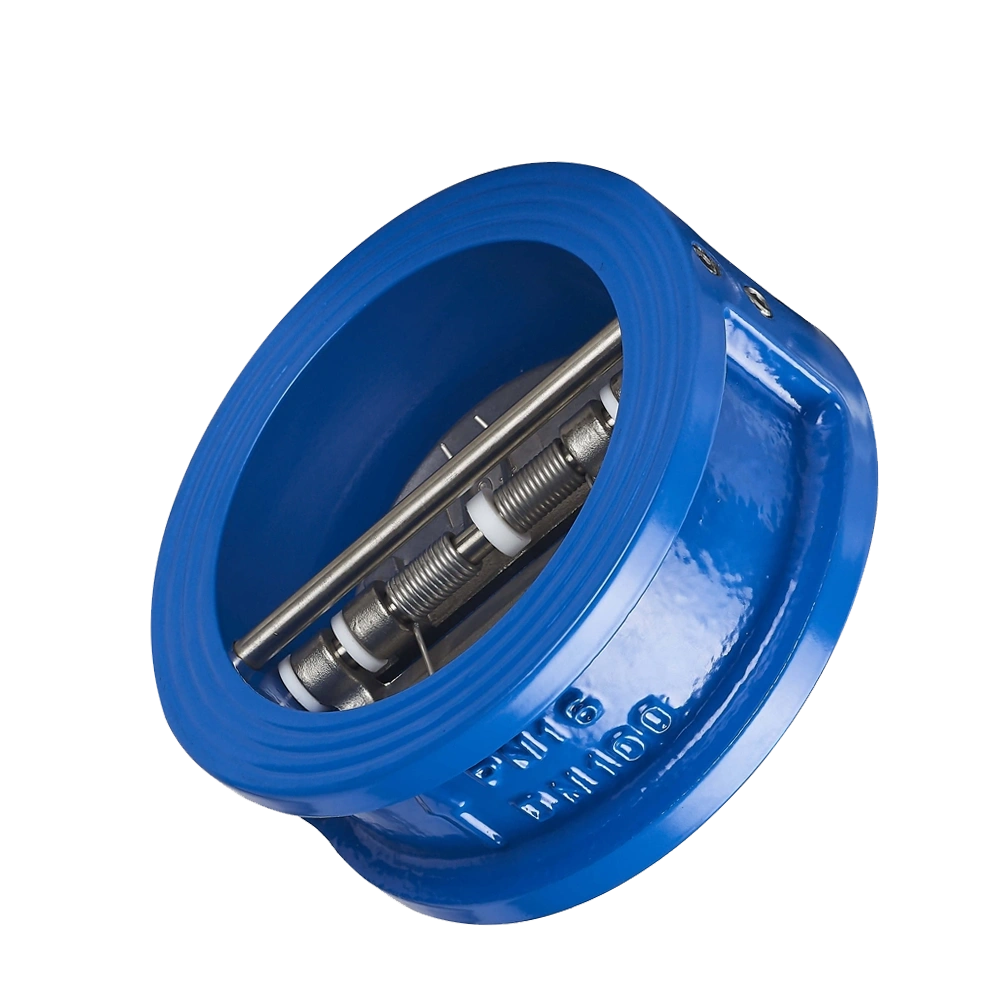Iron is undoubtedly one of the most used materials worldwide. Ductile iron and cast iron are two of the most common types. They have many applications in different industries. We are going to discuss ductile iron VS cast iron.
What are the advantages and disadvantages of both of these? From finding the difference between cast iron and ductile iron, we will learn about them in detail.
Do you know cast iron forms when carbon and silicon are mixed with iron? When the iron is melted, carbon and silicon are mixed, forming cast iron. Moreover, the grey color of the iron is because of the presence of graphite particles.
It has excellent compressive strength and vibration-damping properties. Where is cast iron in use? You will see it in decorative items, pots, pans, pipes, and more.

Advantages
The primary advantage of this type of cast iron is its durability. Castability is also one of the leading benefits, and it is often used. Also, regarding affordability, cast iron is the primary choice.
Disadvantages
However, it also has one disadvantage: its brittleness. Cast iron is prone to breaking at times, so it is unsuitable for use in areas under stress.
What Is Ductile Iron?
Ductile iron has different names, such as ductile cast iron and nodular cast iron. Moreover, it was a major invention of the mid-20th century. Why is it so popular? What sets it apart from other types? Because of its microstructure, it offers unique flexibility, ductility, and even strength.
How is it made? When we add magnesium to molten iron, the graphite forms nodules rather than flakes. With this comes the characteristic of ductility in this type of iron. Thus, because of such qualities, it has different applications. They include pipes and fittings, engine blocks and crankshafts, gears, and more.

Advantages
One of the primary advantages of ductile iron is its ductility and strength. Both of these factors make it usable in places under high stress. Hence, we see this type of ductile iron in automobiles, etc.
Disadvantages
The disadvantage is that it lacks castability. Because it is tough, it is more difficult to cast this iron and make it as needed than other types.
Ductile Iron VS Cast Iron- Differences to Know
In this section, we will talk about the differences between cast iron and ductile iron.
Properties of Strength- Ductile Iron VS Cast Iron
The first difference we will consider is the strength of these irons. Regarding strength, ductile iron is a stronger choice than cast iron. Moreover, it is one of the major reasons why it is a significant choice for industrial purposes.
Cast iron can be brittle. What does that mean? It means that cast iron can break under pressure. Yes, due to its lack of ductility, cast iron cannot bend without breaking. Thus, ductile iron is always preferred over cast iron as it has more ductility.
Hence, there is a critical difference in ductility, where ductile iron offers more. Another major point to consider is tensile strength. Ductile iron offers more tensile strength than cast iron.
Properties of Structure- Ductile VS Cast Iron
There is a major difference in the structural properties. Where does this difference come from? Well, the difference comes because of the internal structure of graphite.
In ductile iron, rounded graphite nodules form during the manufacturing process. Hence, this formation gives ductile iron amazing strength and ductility. How is cast iron different in this? Well, it is because it has a flake-like graphite structure. With this, the cast iron is not able to get as ductile and becomes brittle. Hence, it is how both these iron are different.
Other Properties- Ductile Iron VS Cast Iron
Are there any other differences between cast iron and ductile iron? Yes! The difference is due to impact resistance, machinability, and corrosion. How do these factors make a difference?
- Ductile iron has better impact resistance. It is because of its ductility. It offers amazing resistance. Hence, ductile iron is well-suited for high-stress applications.
- The next aspect of the difference is machinability. In this, cast iron performs better than its counterpart. This is because of the structural property that we discussed earlier. With a flake-graphite structure, machining cast iron is way easier than ductile iron.
- Both types provide top-notch corrosion resistance. However, when we compare them, ductile iron has a higher edge than cast iron.
Application- Ductile Iron VS Cast Iron
They differ in their applications, too.
Pressure Handling: Ductile iron is an ideal type of pressure handling. Its strength makes it the right candidate for pipes and valves. In all those applications that need to handle high pressure, ductile iron is there. Why not cast iron, then? Well, cast iron is brittle and can break in high pressure.
Components Dealing With High Stress: Ductile iron is used when dealing with high stress. Where do we see this application? Well, if we see engine blocks, gears, or automotive parts, the use of ductile iron is prominent. Why not cast iron? Cast iron does not have enough strength to handle excessive pressure or stress. Thus, because of its capability to handle pressure, ductile iron is in use.
However, cast iron is used in applications like vibration damping. Why? Cast iron’s flake-graphite structure makes it an ideal candidate. We also see the use of cast iron in places like hand equipment, pipe fittings, and farm equipment.
Other Differences
Are there any other differences between ductile iron and cast iron? Let’s discuss other factors, such as cost, weight, and castability.
- Cost is one of the primary points of difference between the two types of iron. Ductile iron is more expensive than cast iron. This difference arises because it offers better ductility.
- Castability is one such property with which you can mold irons in different shapes. So, which iron is better in this? Cast iron delivers way better with a lower melting point and better fluidity. Thus, people choose cast iron over ductile iron for these properties.
- Another aspect that we must recognize is weight. Which of the two types of iron is a heavier option than the other? Because of the density of the structure, ductile iron is heavier than cast iron. Moreover, you should note that we are comparing the same size component.
Hence, these are all the points of difference between these types of iron.
Conclusion
Thus, are you aware of the difference between cast iron and ductile iron? Considering these differences, merits, and demerits, one can decide between them. In the long run, it all depends on the use and the application that will determine the preference.




